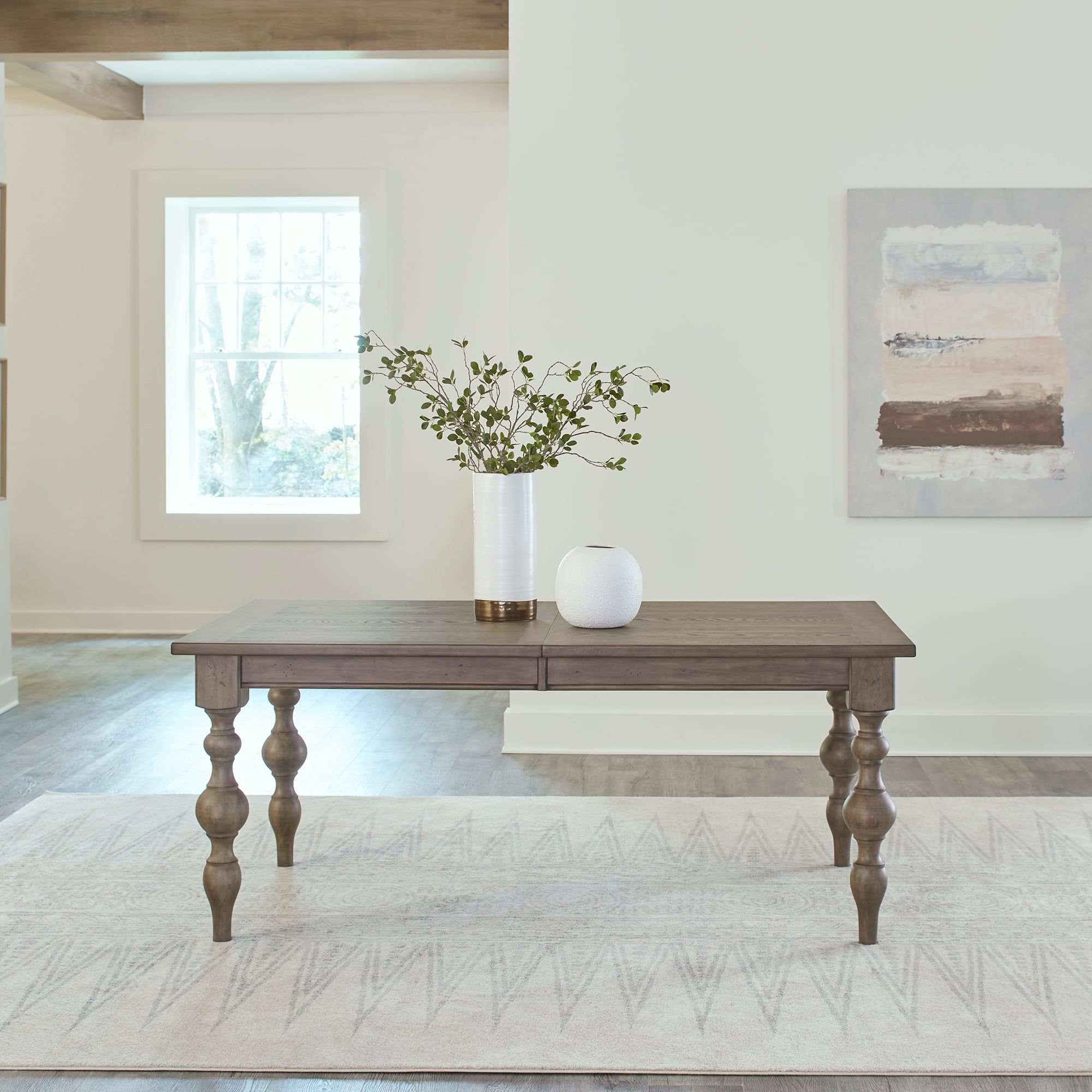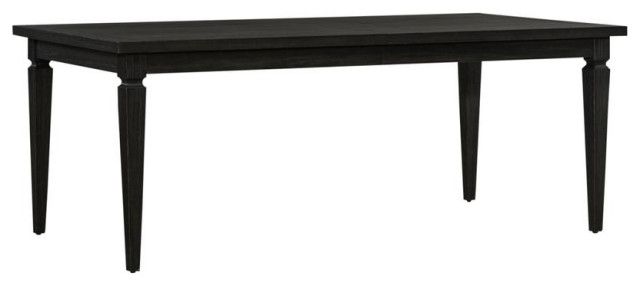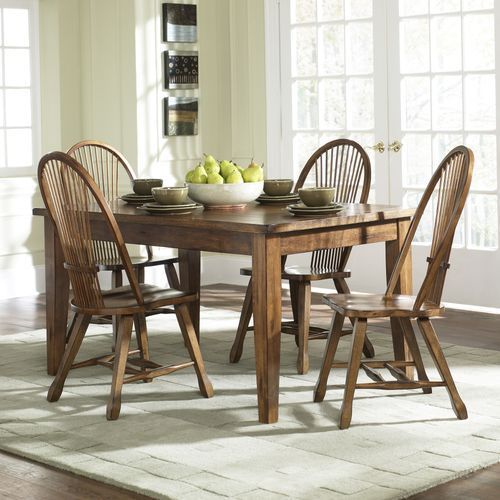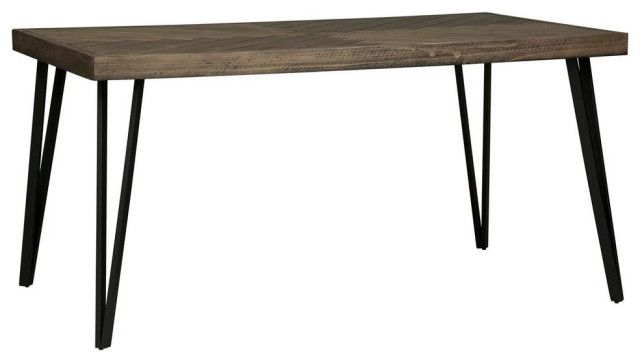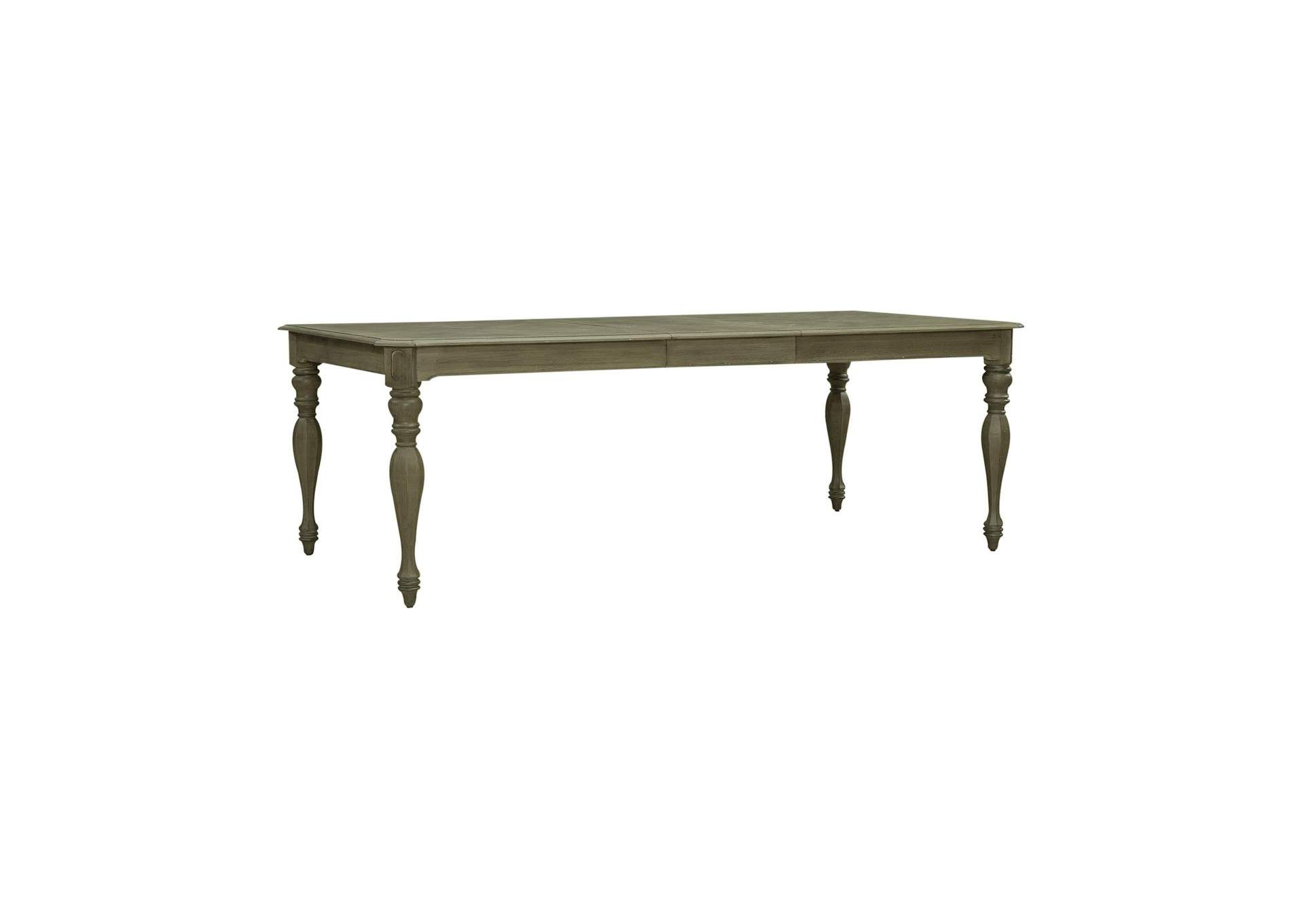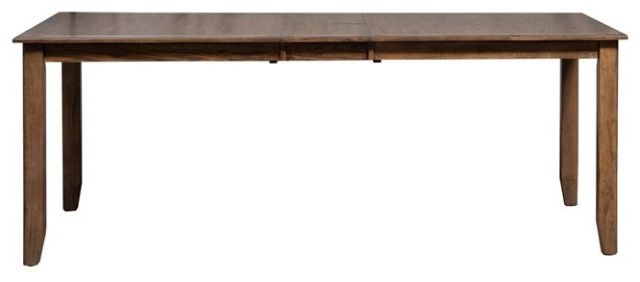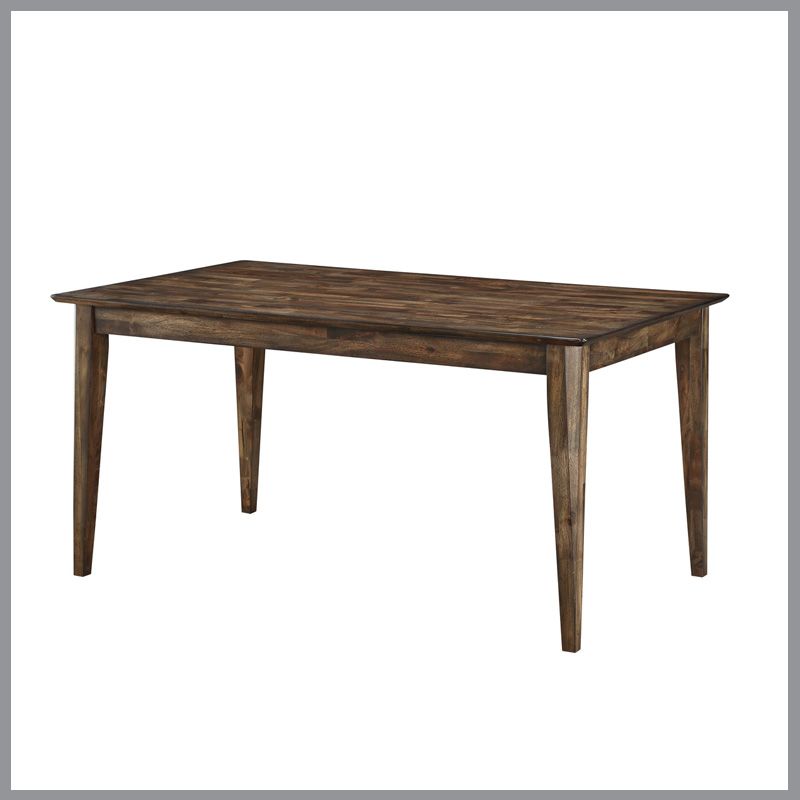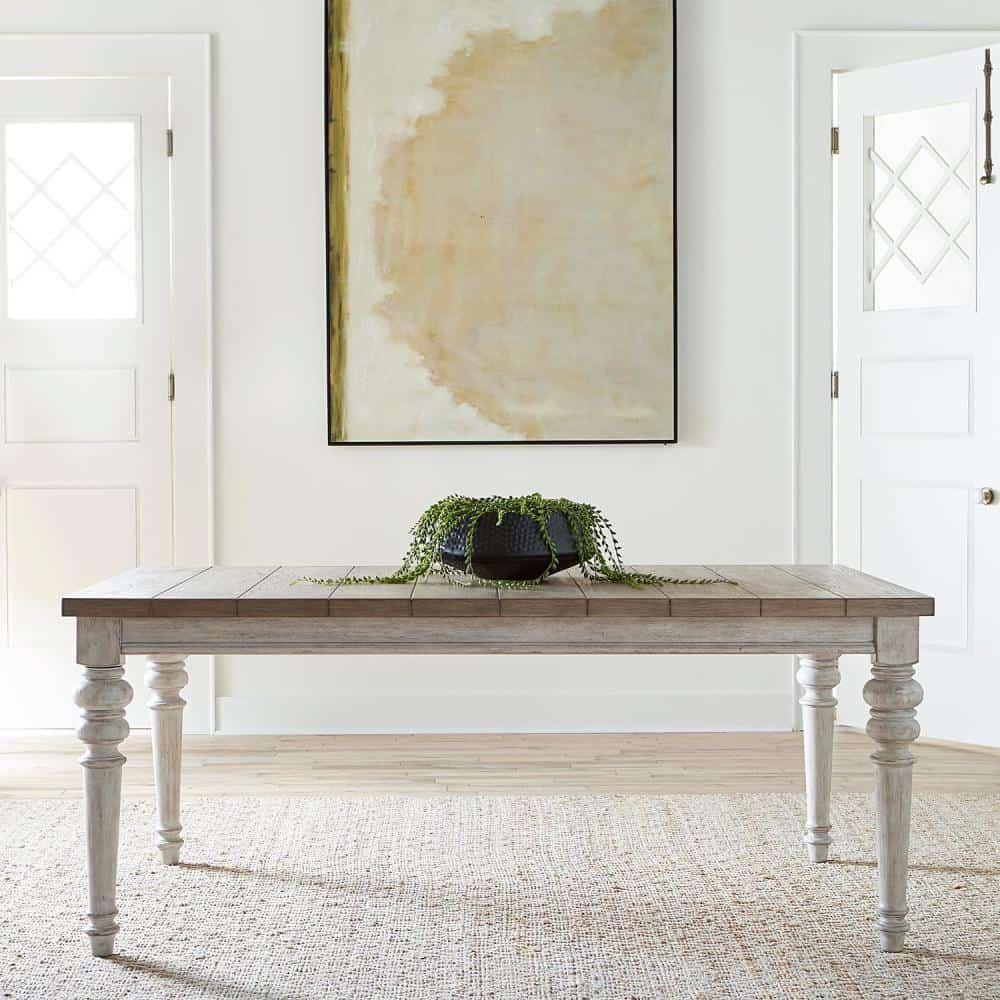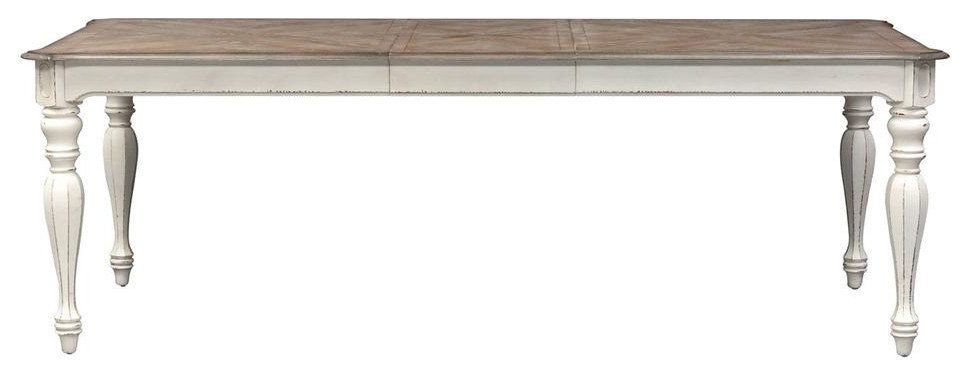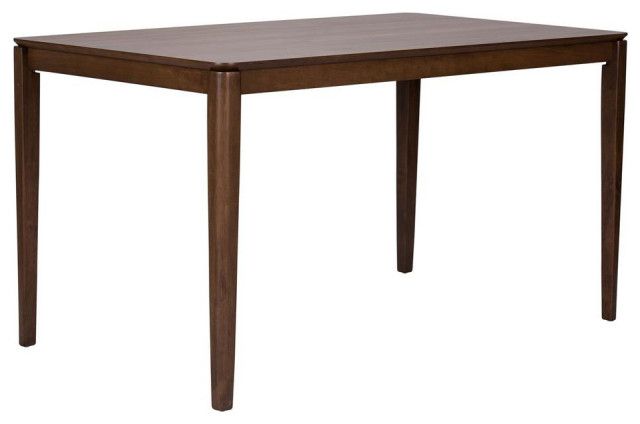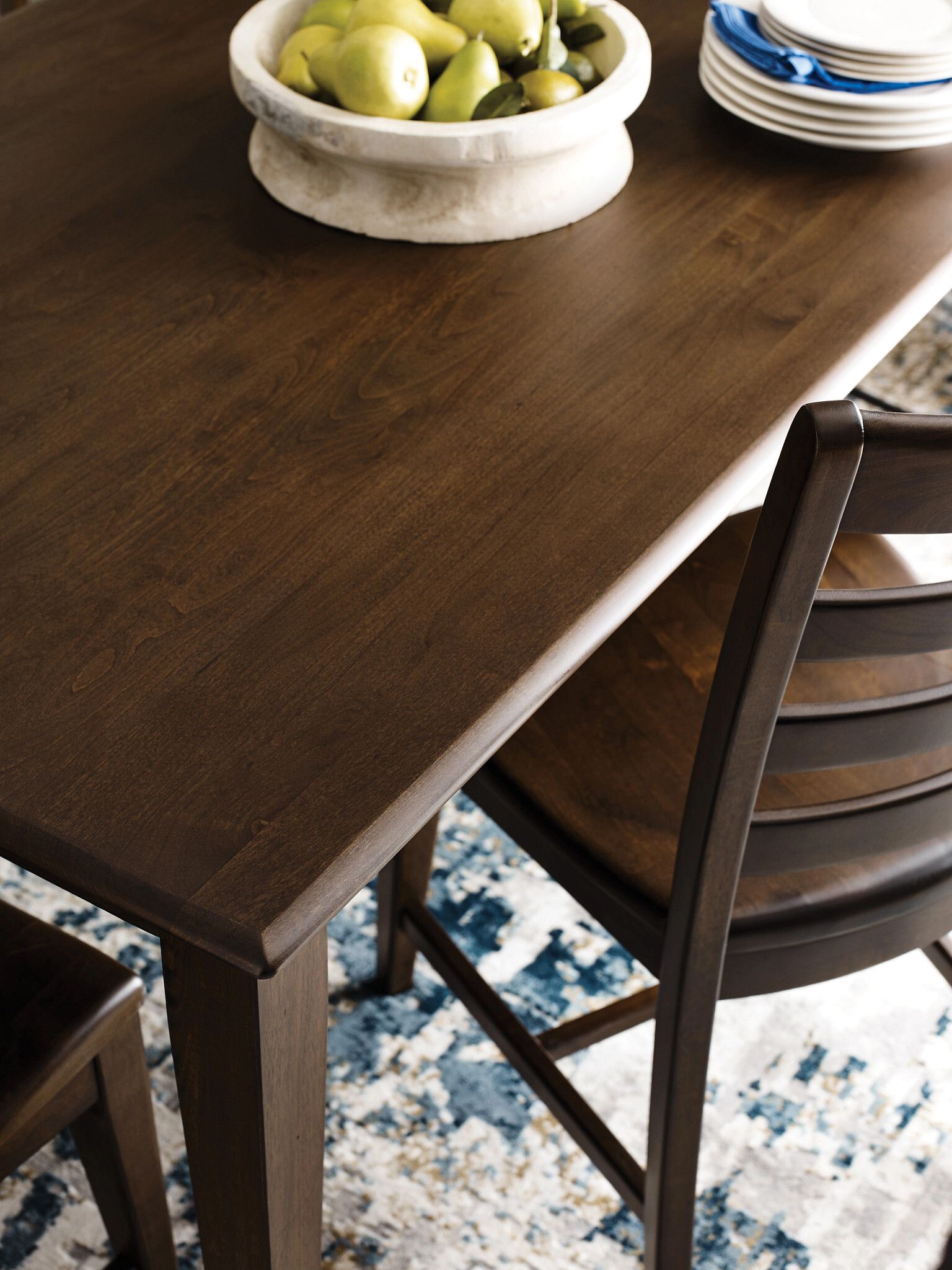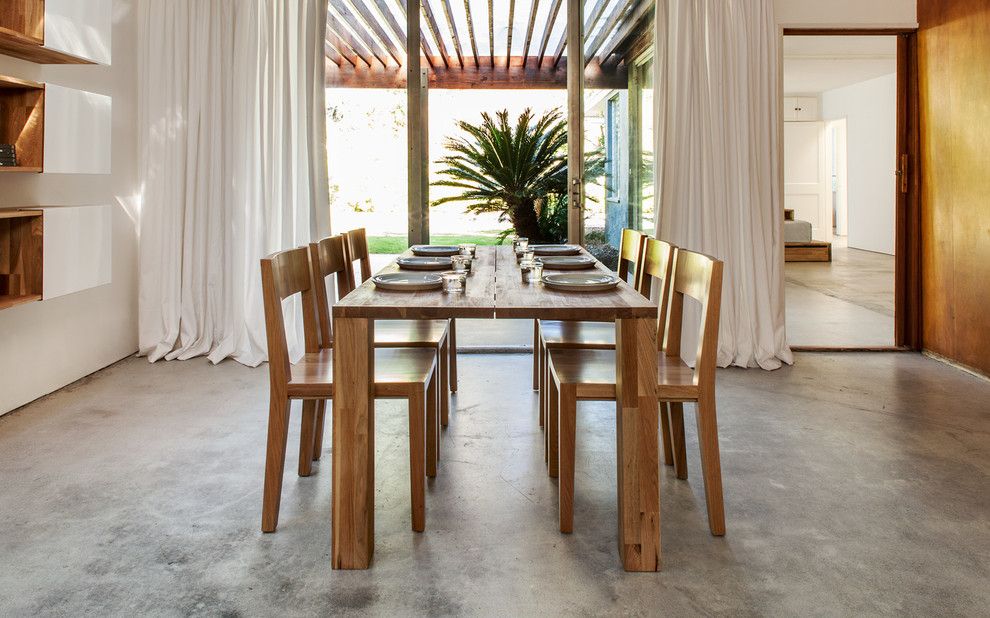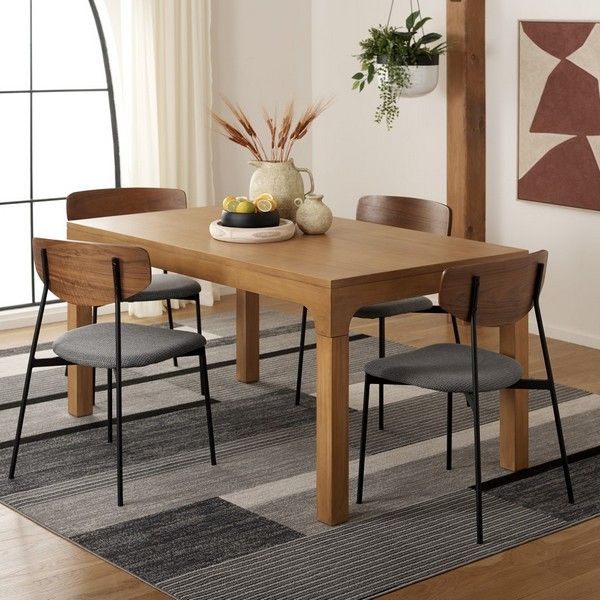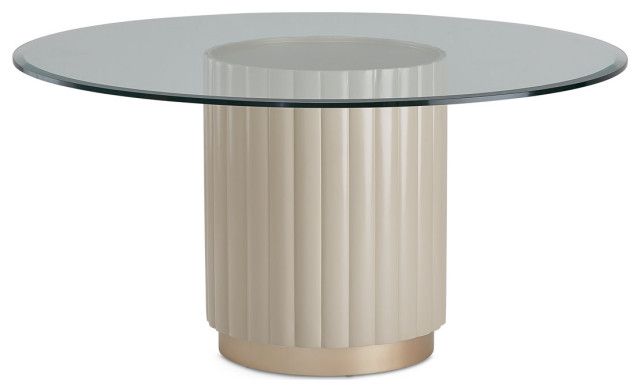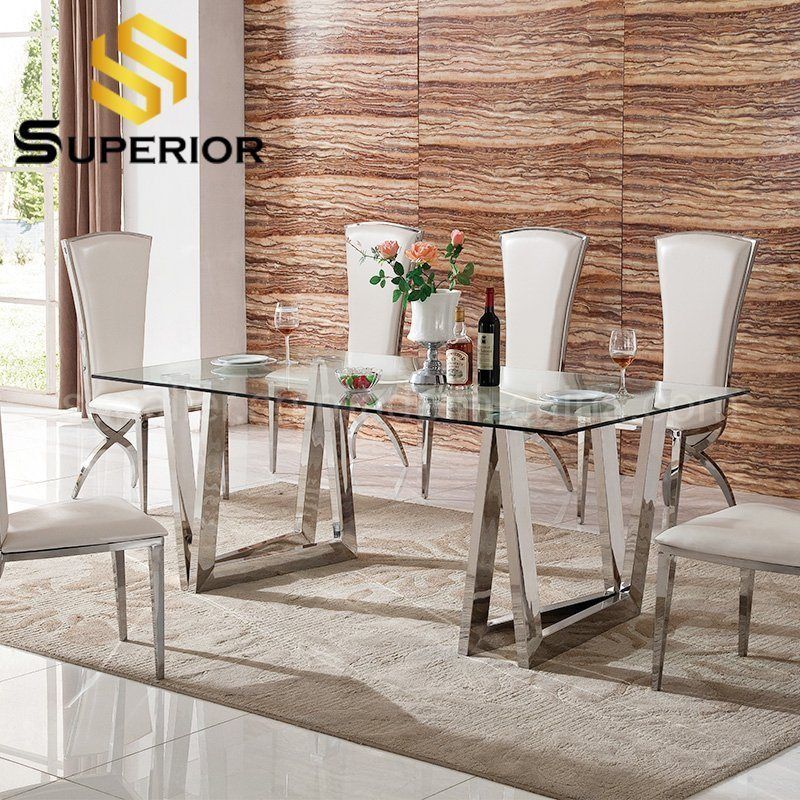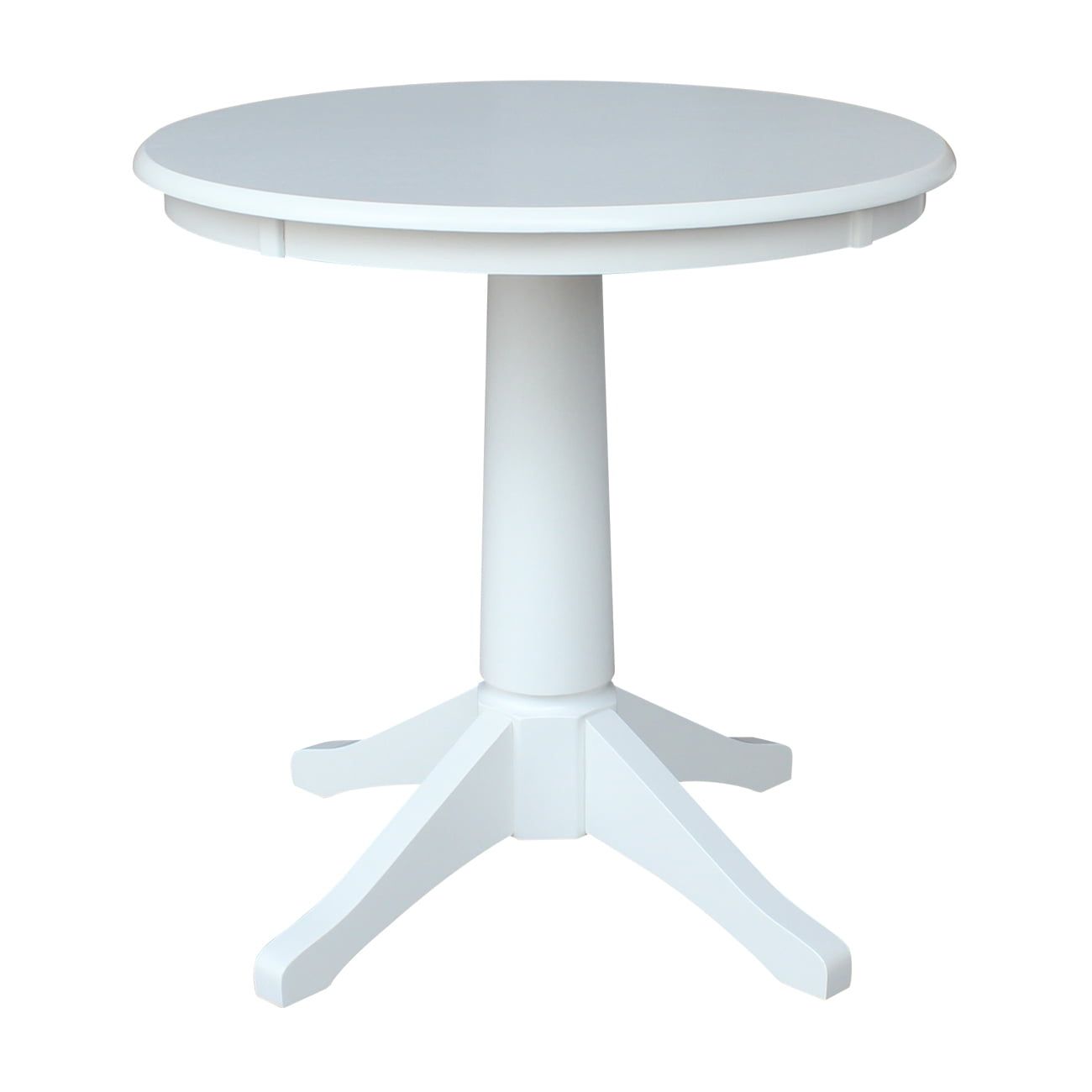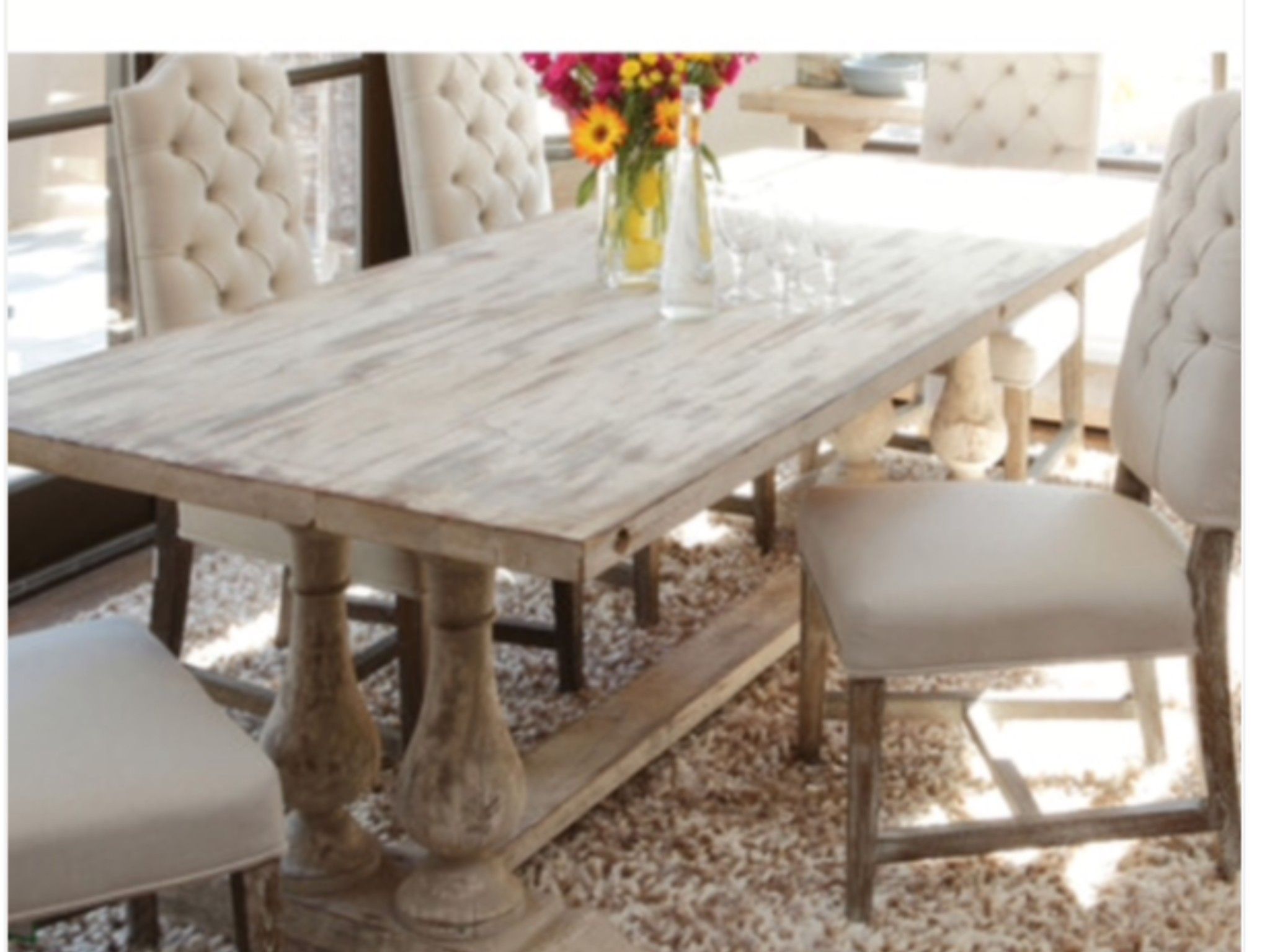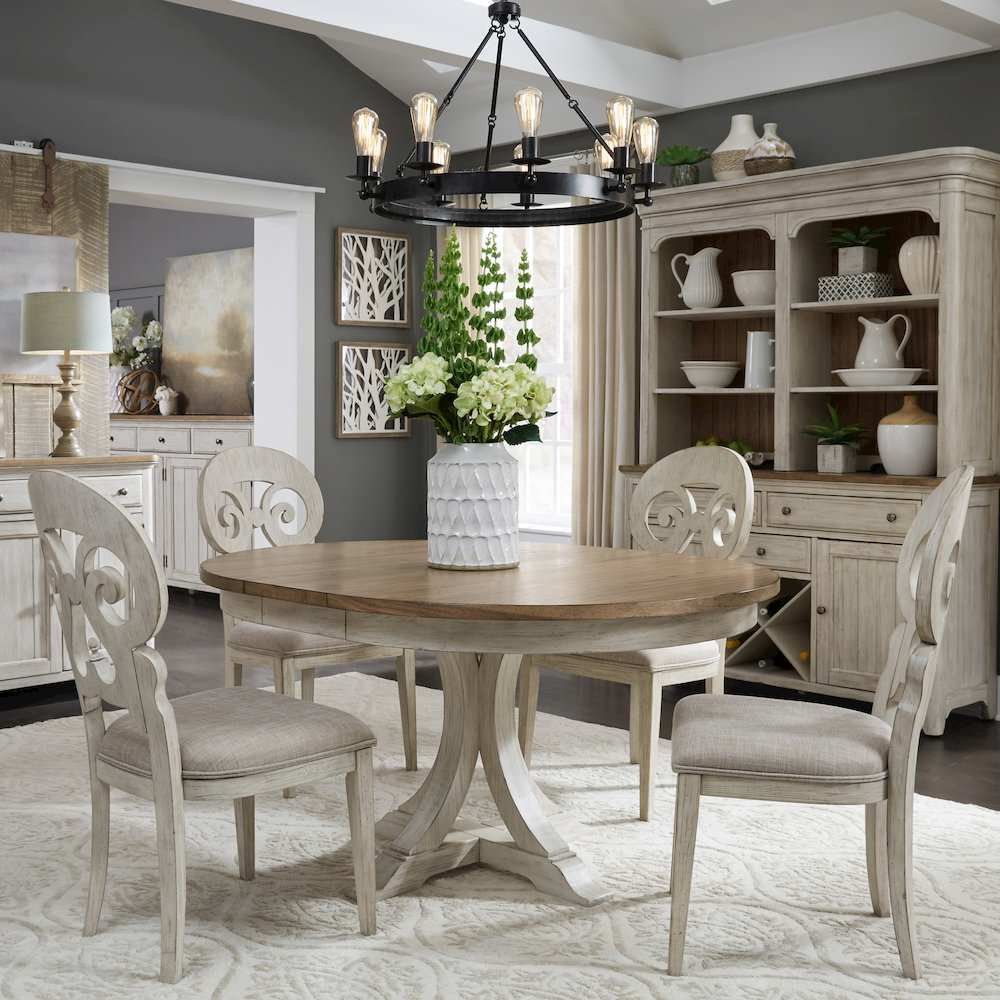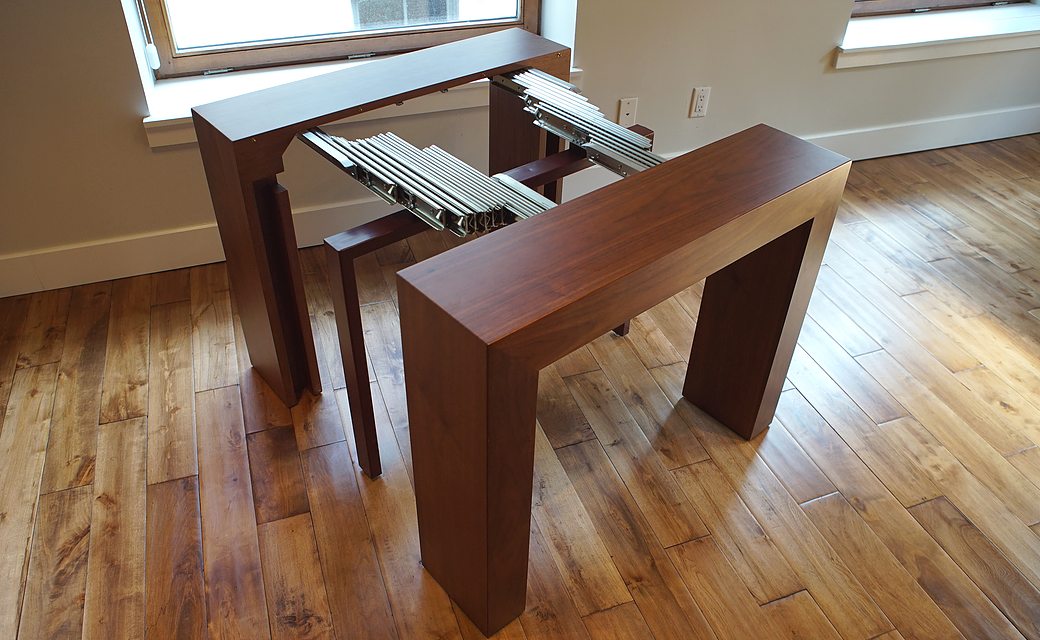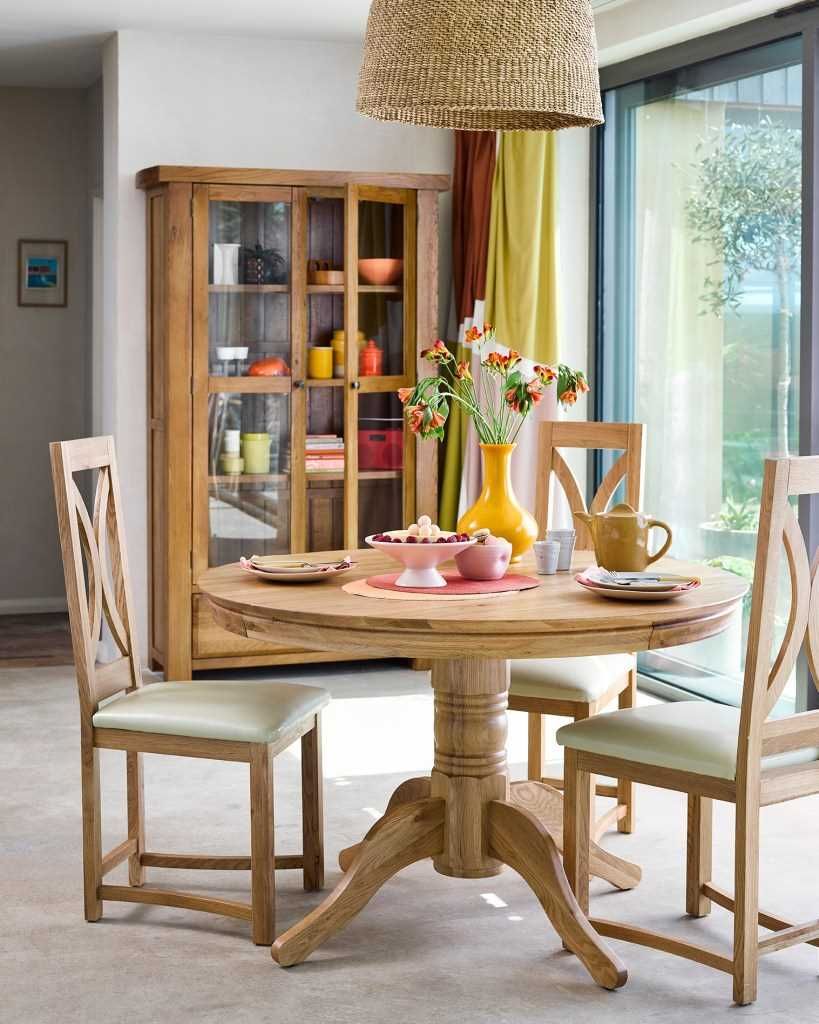So, you’re on the hunt for a rectangular leg table. It’s a classic choice for a reason, offering versatility and a sense of grounded elegance. But with so many options out there, how do you zero in on the one that’s truly right for your space and your life? It’s more than just picking a pretty piece; it’s about finding a functional centerpiece that will see you through countless meals, conversations, and memories. Let’s dive into some smart strategies to make sure your selection hits all the right notes.
The rectangular leg table is a staple in homes across the globe, and for good reason. Its clean lines and defined shape make it a natural fit for most dining rooms or kitchens, providing ample surface area for everything from elaborate holiday feasts to everyday homework sessions. Unlike some other table shapes, a rectangular design often offers excellent seating capacity and can help define a space, creating a sense of order and purpose. But how do you navigate the sea of choices and land on a table that’s not only beautiful but also practical and enduring? It’s about understanding a few key elements, and that’s exactly what we’re going to explore.
Understanding Your Space: Size and Scale Matter
Before you fall in love with any particular design, the first and most crucial step is to truly understand your dining area. Measure, measure, and measure again. You’ll want at least three feet of clearance around the table for comfortable seating and movement. Think about the overall proportions of the room. A massive, heavy table can overwhelm a small space, while a petite one might get lost in a grand dining hall. Consider the shape of your room too. A long, narrow room often suits a longer, narrower rectangular table, creating a harmonious flow. Always account for the chairs when measuring; they need room to be pulled out. A good rule of thumb is to allow about 24 inches of space per person seated at the table.
Material World: Durability Meets Design
The material of your rectangular leg table significantly impacts its look, feel, and longevity. Wood is a perennial favorite, offering warmth and character. Oak, maple, and cherry are known for their durability and beautiful grain patterns. For a more modern or industrial vibe, consider metal or glass. Metal tables, especially with sturdy legs, can offer a sleek and robust option. Glass-top tables can make a space feel larger and brighter, but they do require more frequent cleaning to look their best. Laminate or composite materials can be excellent budget-friendly choices, often mimicking the look of real wood or stone quite effectively. When choosing, think about your lifestyle. If you have young children or entertain frequently, opt for materials that are forgiving of spills and wear and tear. Consider the finish as well; a matte finish might hide minor scratches better than a high-gloss one.
Legs and Silhouette: The Foundation of Style
The legs of your rectangular table are more than just structural supports; they’re key design elements. Tapered legs can lend a mid-century modern feel, while chunky, square legs might lean towards traditional or farmhouse aesthetics. Straight, simple legs are incredibly versatile and can fit into almost any decor. Consider pedestal bases for a more contemporary look, or perhaps a trestle base for a robust and slightly rustic appeal. The style of the legs will dictate the overall personality of the table and how it integrates with your existing furniture. Don’t forget the apron – the piece of wood connecting the legs just under the tabletop. A thicker apron can add a sense of solidity and tradition, while a table with no apron or a very slim one can feel more open and airy.
Style and Aesthetics: Matching Your Decor
Your rectangular leg table should be a reflection of your personal style and complement your home’s decor. Are you drawn to minimalist design? A sleek, clean-lined table with simple legs might be your perfect match. Prefer a more traditional look? Think about rich wood tones and perhaps some carved detailing on the legs or apron. For a farmhouse or rustic feel, consider reclaimed wood or tables with a distressed finish. Industrial spaces might call for a table with metal legs and a solid wood or concrete top. Don’t be afraid to mix and match, but always ensure there’s a cohesive element that ties everything together. Consider the other furniture in the room – your chairs, sideboard, and lighting should all work in harmony with your new table.
Functionality and Features: Beyond the Basics
Think about how you’ll primarily use your table. Do you need extra seating occasionally? Look for extendable tables with leaves that can be added or removed. This is a fantastic way to maximize your space and accommodate guests when needed without having an oversized table all the time. Consider the tabletop thickness and edge detailing. A thicker top often conveys a sense of quality and substance. The edge profile can also add subtle style – a beveled edge, a rounded edge, or a more ornate edge can all change the overall look. And importantly, think about maintenance. Some finishes require more care than others. If ease of cleaning is a priority, factor that into your material and finish selection.
Budget and Investment: Finding the Right Balance
Rectangular leg tables come in a vast range of prices. It’s important to set a budget before you start shopping, but also to view your table as an investment. A well-made table from quality materials can last for decades, becoming a cherished piece in your home. While it might be tempting to go for the cheapest option, consider the long-term value. Read reviews, check the warranty, and inspect the construction if possible. Sometimes, paying a little more upfront for better durability and timeless style is a wiser choice than having to replace a less expensive, poorly made table a few years down the line. Think about where you’re willing to splurge and where you can save. Perhaps a more affordable material for the top is acceptable if the legs are exceptionally well-crafted.
Selecting a beautiful rectangular leg table is a rewarding process when you approach it with a clear strategy. By carefully considering your space, the materials, the style of the legs, your aesthetic preferences, functional needs, and your budget, you’re well on your way to finding a table that not only looks stunning but also serves your household beautifully for years to come. It’s about balancing form and function, ensuring that this central piece of furniture enhances your home and the lives you live within it. Happy hunting for that perfect centerpiece.
